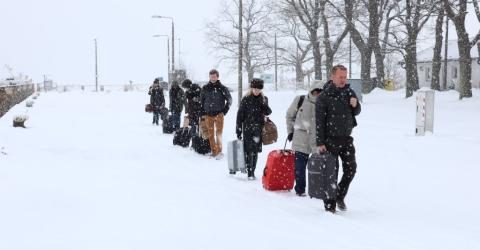
Workshop to conclude the MAVA project; and future steps for the Ramsar Culture Network
Over the past three years, the Ramsar Convention’s activities on culture have been partially supported by a funding agreement with the MAVA Foundation, through the project “Conservation of the natural and cultural heritage in wetlands: global leadership for an integrated approach through the Ramsar Convention”. This project has now ended, and it was brought to a conclusion with an international expert workshop hosted by the German Federal Agency for Nature Conservation (BfN) in February. Ramsar Contracting Parties, Regional Initiatives, International Organisation Partners, Culture Network Thematic Groups and collaborating organisations including UNESCO and ICOMOS were all represented.
The workshop reviewed the growth of network collaborations and the results of recent activities in the framework of the MAVA project; including cultural inventories of wetlands, the role of indigenous peoples and local communities, a series of regional projects, and outreach activities in the fields of youth engagement and the arts. Examples of reports and other outputs from these activities can be found below.
The workshop reaffirmed the myriad ways in which culture is fundamental to Ramsar’s mission of wetland conservation and wise use, and emphasised the core relevance of the Convention’s work on this to the UN Sustainable Development Goals. Participants concluded however that, in the Ramsar context, the subject still needs more visibility and more support for specific initiatives. The workshop developed a plan of future action priorities and commitments, including detailed recommendations for improving some of the most relevant Draft Resolutions which have been submitted by Parties for consideration by the Conference of Parties (COP13) in October this year. Governments and others involved in that process are urged to take forward these recommendations into the discussion on the drafts at the Standing Committee meeting in April and at the COP itself. The details can be found in the report of the workshop, which is available below.